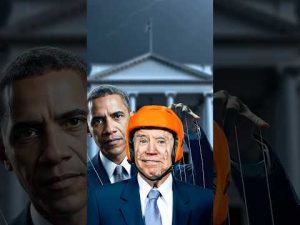In a recent twist of events that has many folks scratching their heads, the actions of the Immigration and Customs Enforcement agency (ICE) have sparked a flurry of debate across various neighborhoods. Reports suggest that during peaceful protests advocating for the treatment of undocumented immigrants, ICE allegedly responded with tear gas. This reaction has raised eyebrows, with some citizens questioning why a law enforcement agency would resort to such measures against peaceful demonstrators advocating for their neighbors.
Across the nation, there are concerns about the tactics being employed by ICE. Critics argue that essential neighborhood interactions are being disrupted, creating an atmosphere of fear among residents. People who just want to live their lives—go to work, attend school, and spend time with family—now find themselves in a climate of uncertainty. The suggestion is that ICE should reconsider its approach and perhaps adopt a more community-friendly stance rather than engaging in confrontations that escalate tensions.
Some commentators have taken to the airwaves to express their indignation over politicians who they feel are distorting the realities surrounding immigration issues. These individuals believe that some political leaders are leveraging the immigration situation to gain support from specific voter groups. The theory posits that these leaders may say anything to rally favor with potential voters, thus skewing the narrative surrounding immigration. This leads to the notion that they might be intentionally promoting policies that favor a steady influx of immigrants as a means to bolster their electoral prospects.
Moreover, the implications of this political strategy may have long-term effects on the nation as a whole. Critics argue that creating a new voter base through altered immigration policies could undermine the very fabric of American democracy. What may be seen as desperate attempts for power could, in fact, shift the dynamics of political accountability and engagement within communities. If successful, such an approach could lead to a significant restructuring of the electorate, with the potential to impact legislation and public policy for generations to come.
As discussions continue about the actions of ICE and the underlying motivations of certain political leaders, one thing remains clear: the discourse surrounding immigration is far from settled. With communities divided and emotions running high, the stakes are considerable. Will ICE reconsider its tactics, or will the cycle of mistrust and misunderstandings continue to deepen? In a nation founded on the principles of liberty and justice for all, the dialogue surrounding immigration still has a long way to go, and the American people are watching closely.







